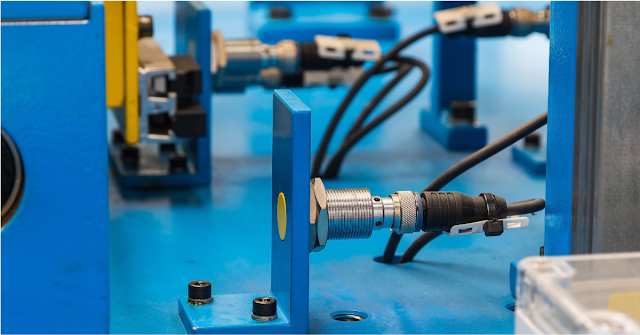In electrical power systems, measuring voltage and current accurately is crucial for safety, monitoring, and control. Two essential instruments used for this purpose are Current Transformers (CT) and Potential Transformers (PT), also known as Voltage Transformers (VT). Though both are types of instrument transformers, they serve different purposes. In this blog, we’ll explore the key differences between Current Transformers and Potential Transformers, their working principles, and where they are typically used.
What is a Current Transformer (CT)?
A Current Transformer (CT) is a type of instrument transformer used to measure high currents in a circuit by stepping them down to a lower, manageable value that standard instruments can handle.
Key Features of CT:
-
Used for current measurement.
-
Secondary current is usually 5A or 1A.
-
Connected in series with the power circuit.
-
Provides isolation and protection for measurement devices.
-
Ideal for over current protection, energy metering, and monitoring systems.
What is a Potential Transformer (PT)?
A Potential Transformer (PT), also known as a Voltage Transformer (VT), is used to reduce high voltages to a lower level so that standard voltmeters and protective relays can safely measure it.
Key Features of PT:
-
Used for voltage measurement.
-
Secondary voltage is typically 110V or 63.5V.
-
Connected in parallel with the power circuit.
-
Ensures safe voltage monitoring and insulation from high-voltage circuits.
-
Commonly used in voltage metering, relay protection, and control systems.
Conclusion
Both Current Transformers and Potential Transformers are vital components in modern electrical systems, ensuring accurate measurement and safety. While CT measures current and are connected in series, PT measures voltage and are connected in parallel. Understanding their differences is key to choosing the right transformer for your application.







0 Comments